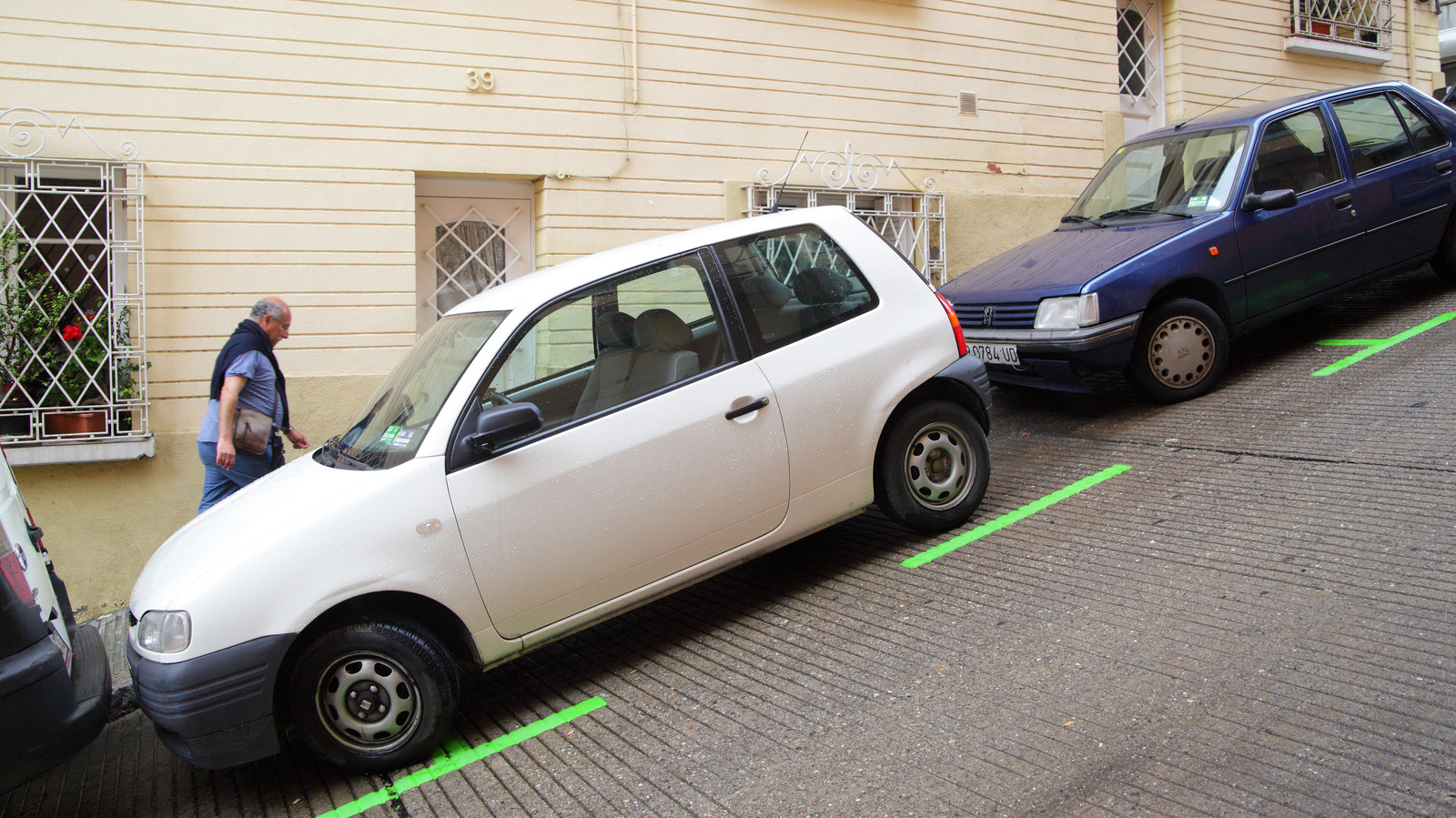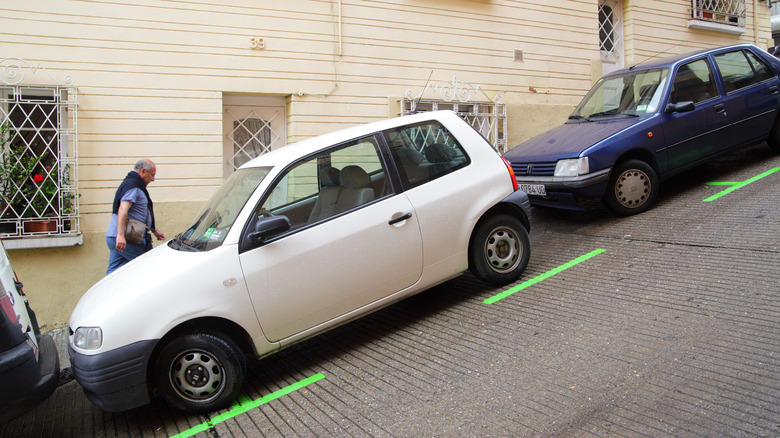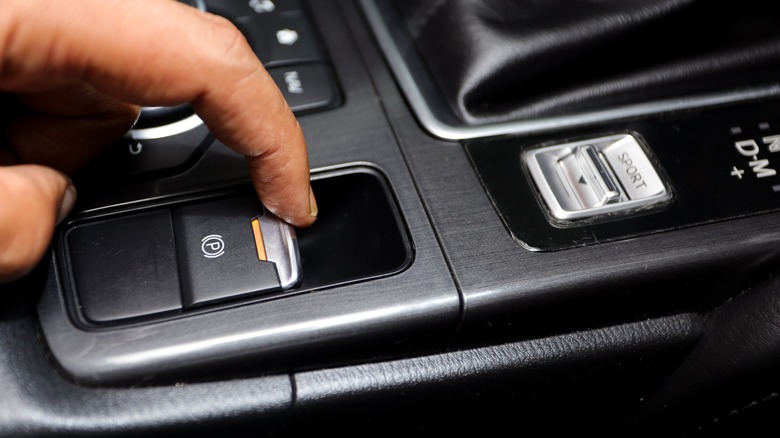Have you ever returned to your parked car or truck, shifted its automatic transmission from park, and been greeted by an alarming clunk as the vehicle lurches into gear? If you’ve got an old-school shift lever as opposed to an electronic shift knob or similar, you might even feel resistance when attempting to shift out of park. Those symptoms indicate a parking pawl that’s struggling to disengage, a common result of parking your vehicle on an incline.
So, what’s a parking pawl, anyway? It’s a small metal pin or tab that slots into a sprocket on an automatic transmission’s output shaft when a vehicle is shifted into park. Effectively, this tiny metal bit is the only thing locking the transmission and preventing your vehicle from gravity-induced rolling.
Although it’s infrequent, parking pawls can and do fail. Besides letting your vehicle roll uncontrollably like some Amazon delivery vans, you’ll surely be facing an expensive repair bill to tear into the transmission to replace the broken pawl, plus any collateral damage from debris. Unless, that is, you’re a savvy parker who treats the transmission’s parking pawl as a secondary method to keep a vehicle stationary. The primary device being, of course, the parking brake.
It’s not just for emergencies
The terms parking brake and emergency brake are used pretty much interchangeably. And indeed, this secondary cable-operated braking system can be used to slow or halt a vehicle in the unlikely emergency that the main hydraulic brake system fails (which, as you can imagine, is a serious brake problem). However, the primary function of this device is to secure a vehicle from movement when parked — especially on hills — without overly relying on a transmission’s parking pawl mechanism.
Parking brakes on automatic-transmission-equipped vehicles are often neglected. For example, corrosion can prevent the cable mechanism from operating smoothly or it may require adjustment to firmly hold the vehicle. So before relying on the parking brake to avoid damaging your transmission, it’s highly recommended to test it periodically. First, find an incline that’s free of other vehicles or traffic. Then, with the vehicle in neutral, set the parking brake and release the vehicle’s primary brakes. If the parking brake doesn’t hold your vehicle from rolling, it needs adjustment or repair.
Alternatively, some drivers test the parking brake’s holding power by applying a small amount of throttle with the transmission in gear and parking brake engaged. Once the parking brake is confirmed to be working properly, make sure to set it regularly when shifting the transmission into park, prior to releasing the regular brake pedal.
What about manual transmissions?
So far, we’ve focused on automatic transmissions, but what about drivers who still shift their own gears? Manual transmissions don’t have a parking pawl to get damaged like their automatic counterparts. Nonetheless, drivers of manual-transmission cars and truck will still want to maintain good parking habits.
This includes minding whether they’re facing uphill or downhill when parking on an incline. For downhill parking, turn your wheels toward the curb and shift into reverse gear before setting the parking brake and walking away. When facing uphill, turn your wheels away from the curb and let the car roll back until it just touches the curb. Then leave the transmission in first gear when shutting off the engine and disengaging the clutch.
That said, it’s still a good habit to set the parking brake as extra insurance, especially when parking on an incline. After all, the manual transmission’s shifter could get bumped out of gear and land your father’s car at the bottom of Lake Michigan à la the the most underrated movie car, the Porsche 928 Tom Cruise drove in “Risky Business.”




